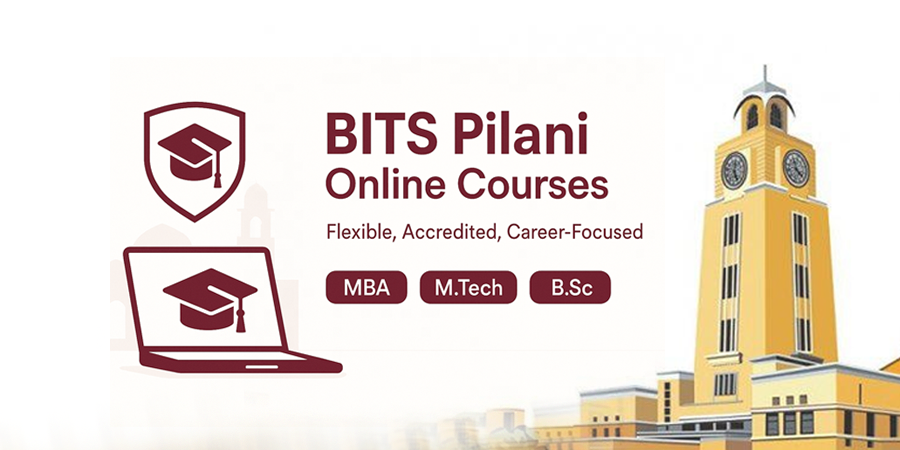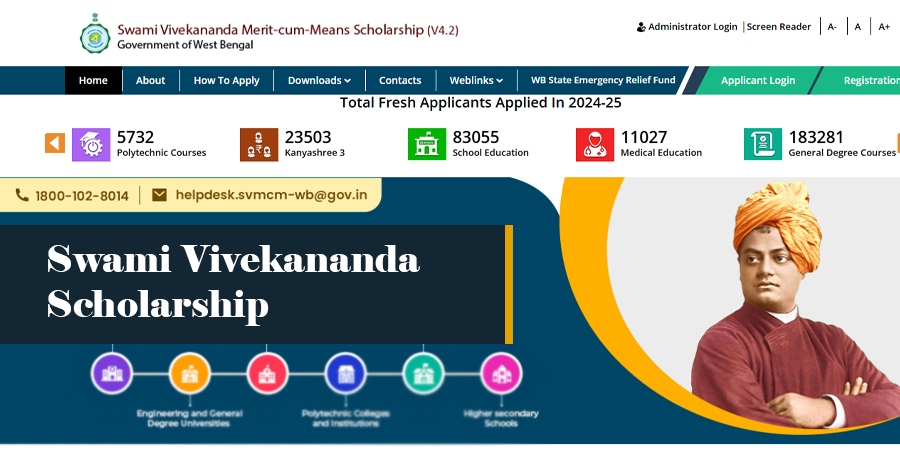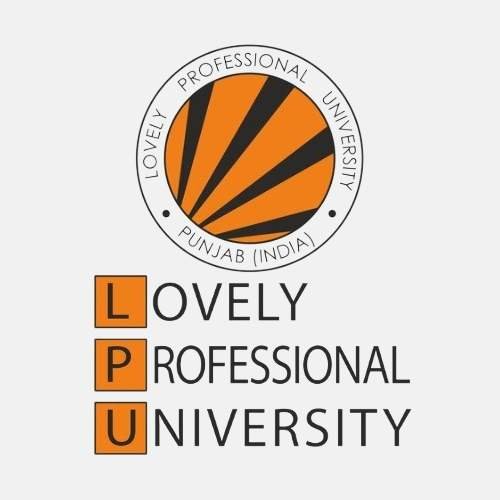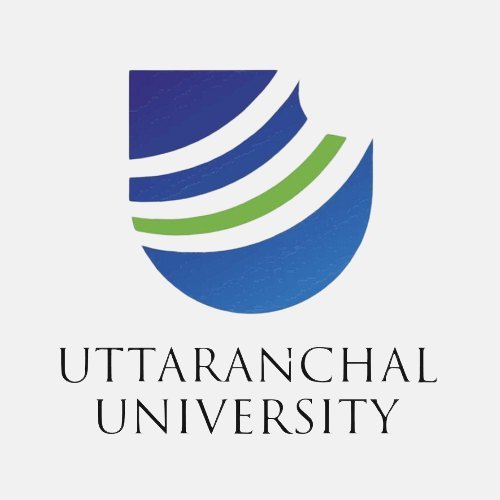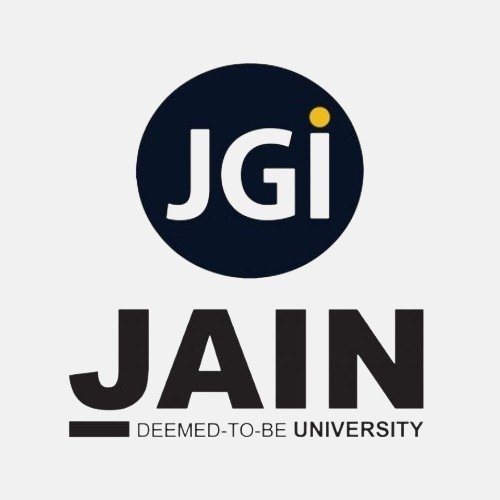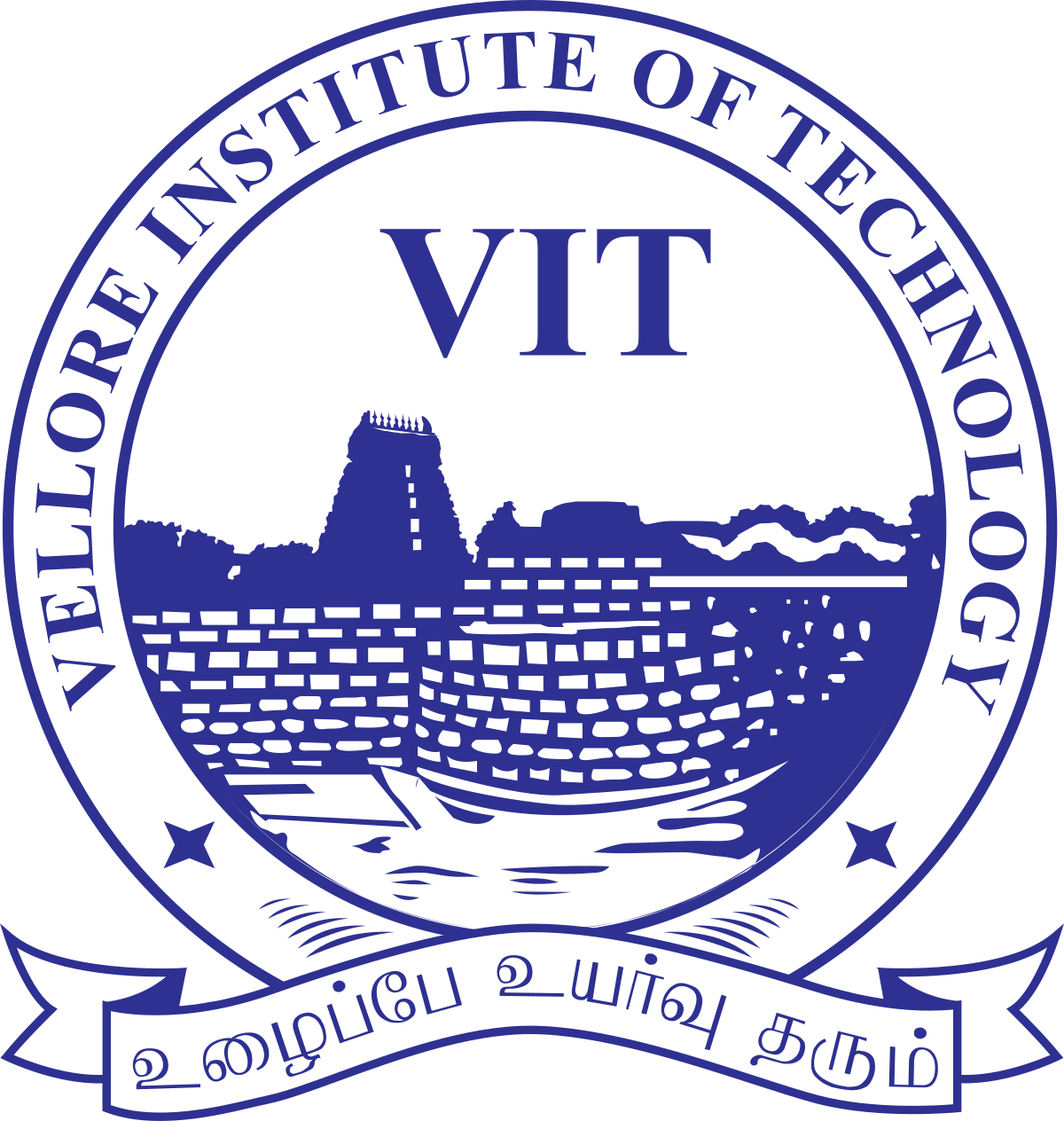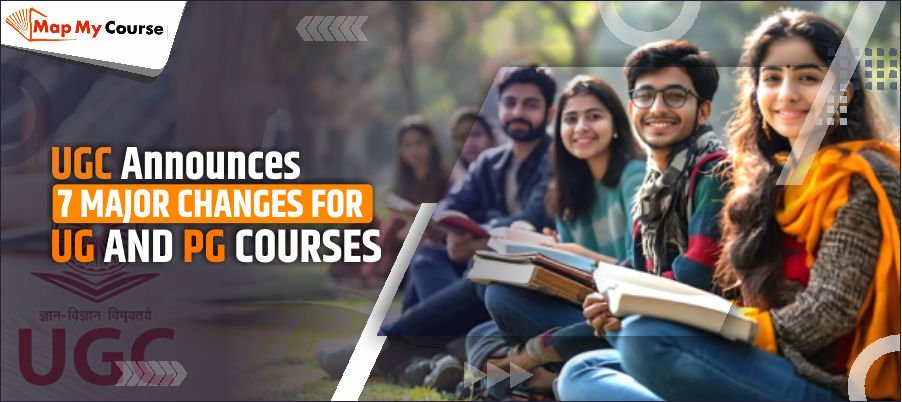For the past few years, the Indian education system has been in developing state, and now the University Grants Commission has recently announced 7 major changes for UG and PG courses. All these changes aim to make higher education more flexible and convenient for students. As these changes are part of NEP 2020.
If you are still unaware of these changes, then don’t worry, we have created this blog to discuss these changes and how these changes are beneficial for students.
Major Changes By UGC: An Initiative Of NEP 2020
We all know that NEP (National Education Policy) was created in 2020 by the Ministry of HRD to transform the entire education policy of the country. During the implementation of NEP 2020, we have seen many major changes. Now, UGC has come up with a few more changes to the UG and PG programs.
As Per the UGC New Guidelines, there are some major changes, to the UG and PG Programs. These changes are student-centric, they provide more flexibility to the courses and give students few advantages during their course duration. Also, these changes offer equal weightage to the skills to the academic performance.
7 Major Changes For UG And PG Courses
The major changes are as follows:
1. Biannual Admissions For Flexibility
As per the UGC new rule now we have two admission cycles each year, which means you can apply for undergraduate (UG) and postgraduate (PG) courses twice – once in the January/February session and again in the May/June session.
With this biannual admission system, students no longer need to waste 6 months waiting for the next admission cycle if they weren’t selected earlier. This change can help reduce dropout rates and free up more seats in colleges and universities. It also makes higher education more inclusive and easier for more students to access.
2. Multiple Entry-Exit And Recognition Of Prior Learning
This new feature of UG and PG programs allows students to start, pause, and resume their studies through the multiple entry-exit system. You can exit after completing certain credits and return later without losing progress. It allows you to take breaks due to personal or work reasons and continue your degree when you’re ready.
Qualification Types And Credit Requirements
Levels | Qualification Title | Credit Requirement |
Level 5 | Undergraduate Certificate for those who exit after the first year (two semesters) of the undergraduate programme. | 36-40 |
Level 6 | Undergraduate Diploma (in the field of learning/discipline) for those who exit after two years (four semesters) of the undergraduate programme | 72-80 |
Level 7 | Bachelor’s Degree (Programme duration: Three years or six semesters) | 108-120 |
Level 8 | Bachelor’s Degree (Honours/Research) (Programme duration: Four years or eight semesters). | 144-160 |
Level 8 | Post-Graduate Diploma for those who exit after the successful completion of the first year or two semesters of the two-year master’s degree programme. | 36-40 |
Level 9 | Master’s Degree (Programme duration: Two years or four semesters after obtaining a bachelor’s degree) | 72-80 |
Level 9 | Master’s Degree (Programme duration: One year or two semesters after obtaining a four-year bachelor’s degree (Honours/Research). | 36-40 |
Level 10 | Doctoral Degree | Minimum prescribed credits for coursework and a thesis with published work |
3. Multi-Disciplinary Admissions
Now, students can choose from multiple disciplines and explore subjects beyond their primary field. Whether in Engineering, Commerce, or Humanities, you can choose elective courses from other areas of interest if they pass the national-level or university-level exam for your selected program.
So, if you’re studying Science but are passionate about Literature, or if you want to combine Technology with Business, you have the freedom to do so, you just need to qualify for the entrance exam.
This change makes your education more flexible and allows you to create a learning experience that fits your interests and career goals. It’s all about making your degree more interdisciplinary and well-rounded.
4. Flexible Attendance Policies
This allows universities to be more flexible with attendance so students can learn in a way that fits their lifestyle and personal situation. Whether you’re in class, attending online sessions, or doing hands-on learning, the goal is to make education more accessible and better suited to today’s students.
5. Credit Distribution For Degrees
This change is made to focus equally on skill-based learning and academic knowledge, students must complete at least 50% of their credits in their chosen major. The remaining credits can be used for skills courses, internships, or even subjects from other fields.
This new system ensures that students not only gain deep knowledge in their primary area of study but also develop practical skills and explore other subjects. It’s designed to provide a more balanced education, preparing students for a wider range of opportunities after graduation.
6. ADP And EDP Programs
This change has been made due to the different learning paces of the students, UGC new guidelines have introduced Accelerated Degree Programs (ADP) and Extended Degree Programs (EDP) for undergraduate courses.
If a student wants to finish their degree faster, they can choose the ADP option after their first or second semester. For these students, up to 10% of the total seats can be allocated for quicker course completion. On the other hand, students who need more time to complete their degree can opt for EDP, with no limit on the number of students in this pathway.
The curriculum and credit requirements for both programs remain the same, but the pace of study is adjusted. The degrees earned through these programs will mention whether they were completed in an accelerated or extended time frame.
7. Eligibility For 4-Year UG Graduates To Pursue Advanced PG Programs
This change is beneficial for students who complete a 4-year undergraduate degree (Honors or Honors with Research) in relevant subjects and will now be eligible to directly apply for advanced 2-year postgraduate programs, like M.E. or M.Tech.
This change makes it easier for students to move from undergraduate to postgraduate studies, giving them a chance to focus on more in-depth and research-based learning. It’s a excellent opportunity for students who want to specialize further in their field and pursue careers in research or higher education.
Benefits Of These Changes
- More Flexibility: With biannual admissions, multiple entry-exit options, and hybrid learning, students can customize their learning journey to fit their lifestyle and needs.
- Improved Learning Opportunities: Discipline-agnostic admissions and skill-based courses give students the chance to explore various fields, preparing them for diverse careers.
- Access to Advanced Studies: Graduates of 4-year UG degrees can now directly pursue advanced PG programs, offering them a smoother transition into specialized, research-oriented education.
- Better Career Preparation: ADP and EDP programs help students gain practical skills quickly or at their own pace, aligning with their career goals and enhancing employability.
- Reduced Dropout Rates: Flexible options for admissions and degree completion make it easier for students to stay on track and finish their studies, reducing the chances of dropping out.
Impact On The Education System
- More Accessible Education: With biannual admissions, multiple entry-exit options, and hybrid learning, education will be more available to a wider group of students. It makes higher education easier to access, no matter what your background or schedule is.
- Focus on Practical Skills: The introduction of skill-based courses, internships, and opportunities to study different subjects means students will gain practical skills alongside their academic knowledge. This makes them better prepared for the job market.
- More Opportunities for Research and Specialization: With the option for 4-year UG graduates to directly enter advanced PG programs, more students will get involved in research and specialized learning. This helps build a stronger research culture in universities and can lead to innovations in various fields.
- Flexible Learning for Institutions: Universities now have the freedom to create their attendance policies, making it easier to combine classroom learning with online classes and practical experiences. This flexibility helps meet the needs of different types of students.
- Less Academic Pressure: With options to either finish studies faster through ADP or take more time through EDP, students can choose their pace. This reduces pressure and helps students manage their studies in a way that suits them best.
Check Out More Blog
Conclusion
The latest changes made by the UGC have made higher education in India more flexible and easily accessible to students. With biannual admissions, multiple entry-exit options, hybrid learning, and flexible attendance policies, students can now have more control over how they learn.
These changes help students to develop practical skills, which leads to opening more career opportunities in future and even for advanced studies. The main aim of these changes is to reduce the dropout rates and let students learn at their own pace.
Frequently Asked Questions
Q1. Are these UGC changes already active?
Ans. Yes, many universities have started implementing these reforms from the academic year 2023–24 onwards.
Q2. Can I change my stream or subject midway through a course?
Ans. Yes, that’s one of the key benefits. The new system allows flexibility in choosing subjects across different streams.
Q3. What happens if I leave my course early?
Ans. You won’t leave empty-handed. Based on how long you’ve studied, you’ll get a certificate, diploma, or degree—depending on the exit point.
Q4. Are these changes applicable to private universities too?
Ans. Yes, most UGC-recognized private universities are expected to adopt these changes in line with NEP 2020.
Q5. Will these changes help with job placements?
Ans. Yes, since the new structure includes internships, skill-based learning, and flexibility, it makes students more job-ready and practical.






